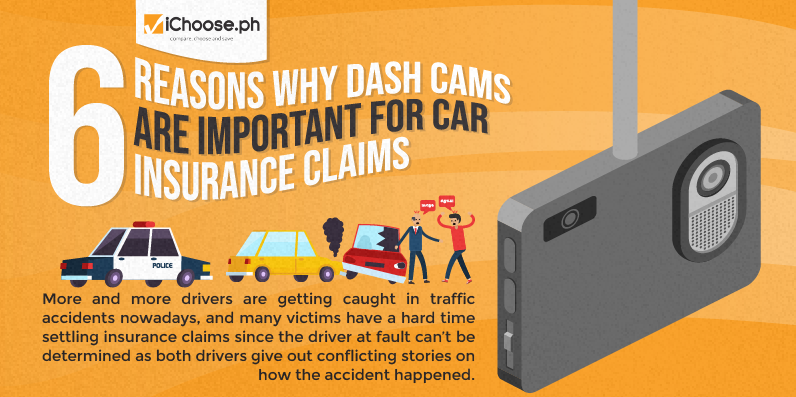Decoding 10 Common Car Insurance Terms [Infographic]
One of the reasons why many people are still thinking about getting insurance for their car is the policy itself. Admit it: insurance policies are confusing and boring documents filled with legal jargon that can be an absolute nightmare to read.
While it is important that it sounds formal. After all, it is a legal contract binding the insurance company to perform specific actions under certain circumstances for an agreed-upon price. Policies should be very specific, down to dissecting different scenarios.
However, understanding your insurance policy is as important as getting one. It can help you dodge from costly coverage gaps or frustration with your insurer after an accident. Insurance policies and related documents usually entail a lot of terms and phrases that may be confusing, but it is important that you understand each of them before you sign the contracts.
Here are the top 10 often misunderstood terms encountered in car insurance policies:
Insured Value
This term represents the total amount the insurance company will pay you if ever your car is damaged beyond repair. Insurance companies often calculate the rate of depreciation (depending on the age of the vehicle) to determine the value they will give for your car. This is the insured value your policy talks about.
Deductible
A deductible is an amount you pay out before the insurance company covers the rest of the claim. For example, if the total claim is P 10,000 and the deductible is P 4,000, then you pay the P 4,000 and the insurance covers the remaining P 6,000.
The deductible usually depends on the policy offered by the company and availed by the car owner. This value may come as a percentage of the total claim or a minimum peso amount, whichever is higher. It’s important to understand how much you’ll be shelling out in case of an accident.
Premium
The premium stated in your insurance policy is the amount paid to the insurance company for your policy.
Own Damage and Theft
This clause in your insurance policy talks about the coverage for any loss or damage on/to the car due to theft and self-inflicted accidents including overturning, falling, and fire.
Acts of God/Nature
The Philippines, being a tropical country, experiences its fair share of good and bad weather annually. From floods to typhoons, earthquakes, or landslides, these terms refer to any event in which humans have no influence or control over, be it cause or effect. Other natural calamities often covered are volcanic eruption, storm surges, and tsunamis.
Compulsory Third Party Liability (CTPL)
According to the Insurance Code of the Philippines, a third party is defined as any person other than a passenger, family member, or household member of the vehicle owner. It is one of the requirements for registering your vehicle for the Land Transportation Office. The CPTL basically covers and protects pedestrians from potential damages or injuries that arise from the use of the insured car in case road accidents happen. This is compulsory and covers any bodily injuries or deaths caused by up to P100,000.
Excess Bodily Injury
These terms are often stated in situations when you are found legally responsible for a car accident, involving more damage more than the coverage of the CTPL. Just like CPTL, this doesn’t cover you or anyone else in your car.
Property Damage
As the name suggests, these terms refer to the damage you cause to another person’s property while driving—be it another vehicle, a storefront, or a house gate.
Auto Personal Accident
This can provide compensation for death or serious injury (such as losing a limb or permanently losing sight in an eye) for the driver or any of his companions in the car as a result of an accident they caused.
Riot / Strike / Civil Commotion
These words or terms usually refer to loss or damage to your vehicle directly caused by strikers, locked-out workmen, and riots of various kinds.
More useful reads from iChoose.ph







